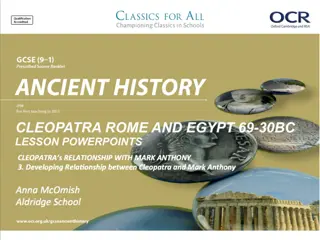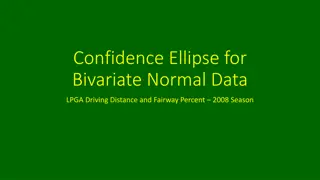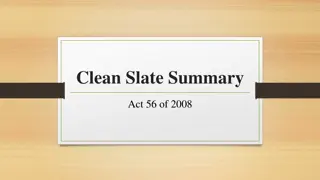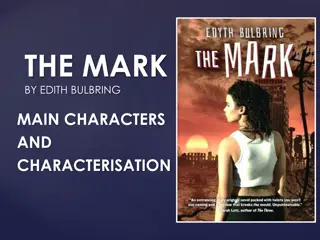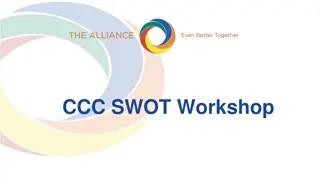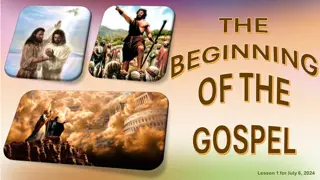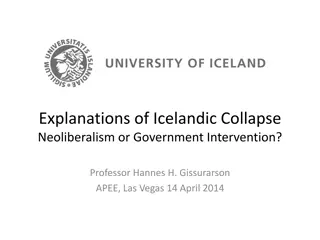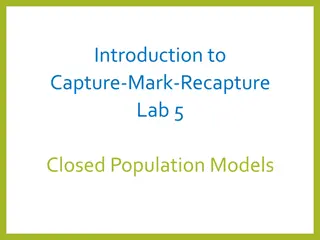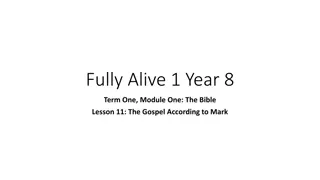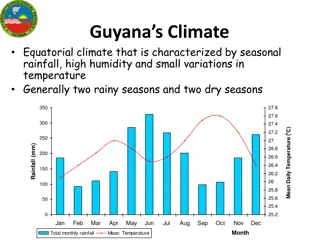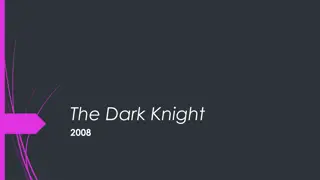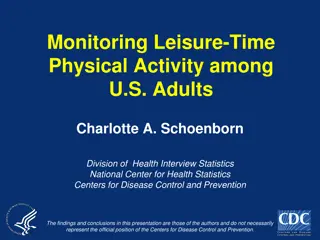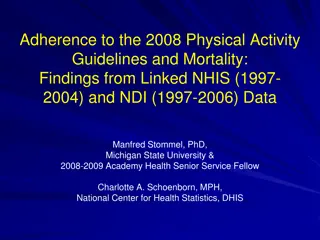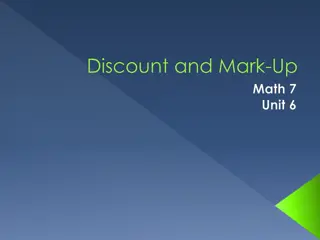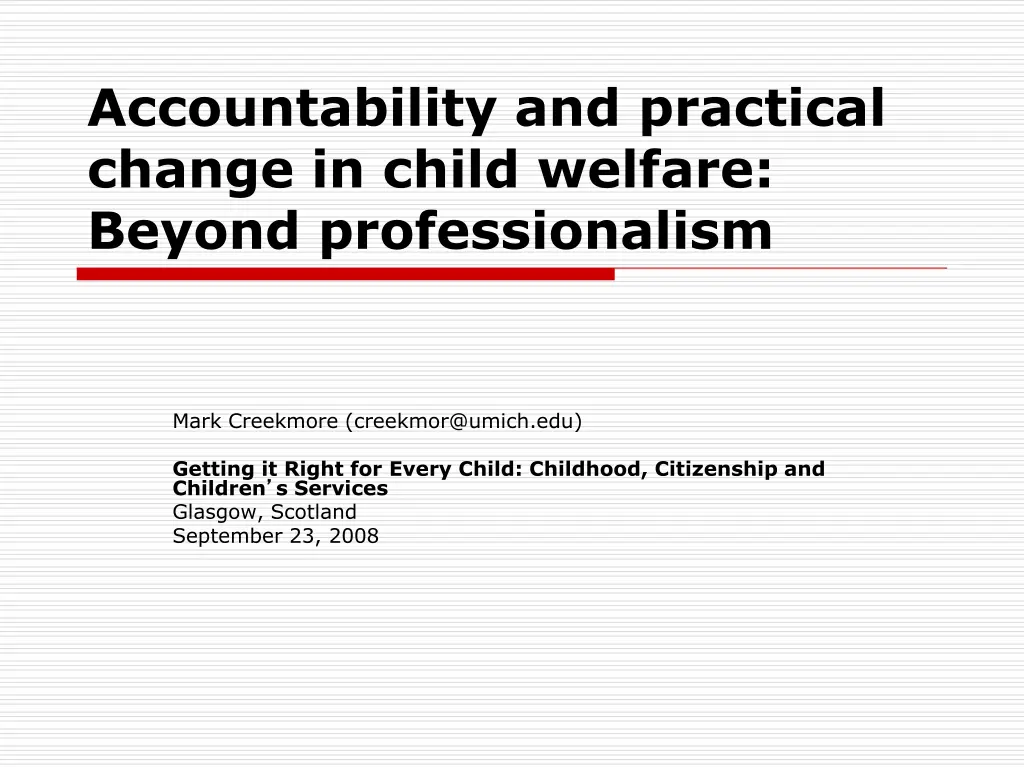
Practical Changes in Child Welfare: Moving Beyond Professionalism
Explore the need for accountability and practical change in child welfare, going beyond mere professionalism. Discover the importance of incorporating child and parent perspectives, challenges in decision-making, and the pursuit of competing goals in the US child welfare system.
Download Presentation

Please find below an Image/Link to download the presentation.
The content on the website is provided AS IS for your information and personal use only. It may not be sold, licensed, or shared on other websites without obtaining consent from the author. If you encounter any issues during the download, it is possible that the publisher has removed the file from their server.
You are allowed to download the files provided on this website for personal or commercial use, subject to the condition that they are used lawfully. All files are the property of their respective owners.
The content on the website is provided AS IS for your information and personal use only. It may not be sold, licensed, or shared on other websites without obtaining consent from the author.
E N D
Presentation Transcript
Accountability and practical change in child welfare: Beyond professionalism Mark Creekmore (creekmor@umich.edu) Getting it Right for Every Child: Childhood, Citizenship and Children s Services Glasgow, Scotland September 23, 2008
Miss Jane Addams, The child at the point of greatest pressure it is well so far as it goes, but it is not after all sufficient to save children from dying or to protect them from harm. What is the next step, the one beyond the mere negative salvation of human life? If we look at children under greatest pressure we will discover the beginnings of new life, something more positive, much more beautiful, much more all-embracing than anything we have yet dealt with, because our minds are fixed only upon preservation. And there is that wonderful life in the children of the most crowded quarter, living under the most untoward conditions which will sweep away our little attempts at charity and correction if we will but give them opportunity to grow and adapt themselves to the particular point of the city in which they find themselves at the present moment. 39th annual session of the Proceedings of the National Conference of Charities and Corrections,1912
Three stresses in child welfare in the US leading to change Formal incorporation of child and parent perspectives into the CWS: Nothing about me without me? Constraints on professional decision making to correct excesses system- wide Separate and parallel systems for acute and chronic cases
Three (sometimes) competing goals Individual and social (group) rights Change (growth, treatment and recovery) Protection
Child and parent perspectives in CWSs: Nothing about me without me? About me without me: the sources of information and the objects of change Nonprofessional volunteers as mediators, advocates and change makers Surrogates for recipients of services CASA FC review boards Alumni associations (The Chafee Program) Research Direct participation. Case management, permanency plans and self-help movements
Constraints on professional decision making Class action lawsuits Evidence based practice Structured decision making Quality assurance methods
Separate and parallel systems for acute and chronic cases Special docket courts, problem- solving courts and therapeutic jurisprudence. Acute conditions and stages: dependency caused by the acute condition, regression of one s capacities and recovery after getting assistance from others, typically professionals
Chronic conditions and coerced treatment Community courts, mental health courts, domestic violence courts, reentry courts and substance abuse (drug) courts Elements Chronic problems that cause (usually minor) criminal activity Voluntary admission based on exchange Violation of court orders Recovery (relapse) model
System stresses and balance Are we any closer to Addams s ecological view? What roles do professions play in post-modern organizations? How have Scotland and the US resolved these conflicts differently?

![READ⚡[PDF]✔ Space Exploration 2008 (Springer Praxis Books)](/thumb/21608/read-pdf-space-exploration-2008-springer-praxis-books.jpg)
